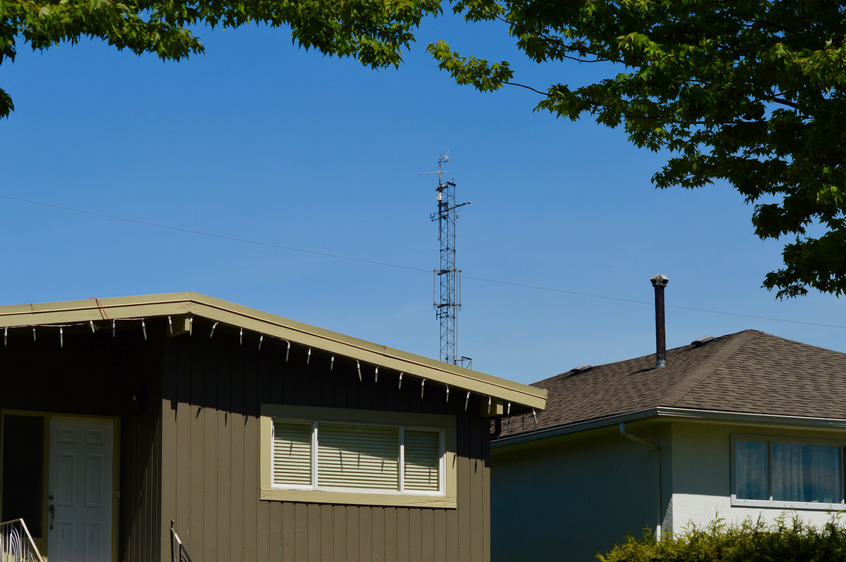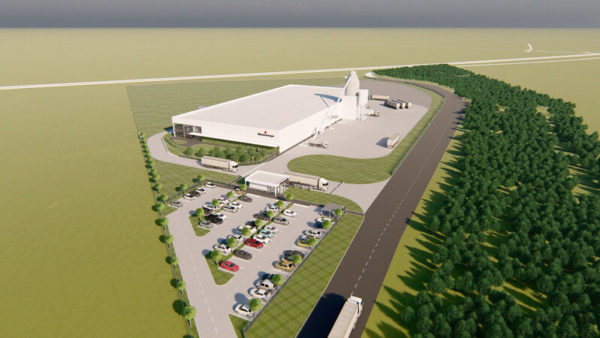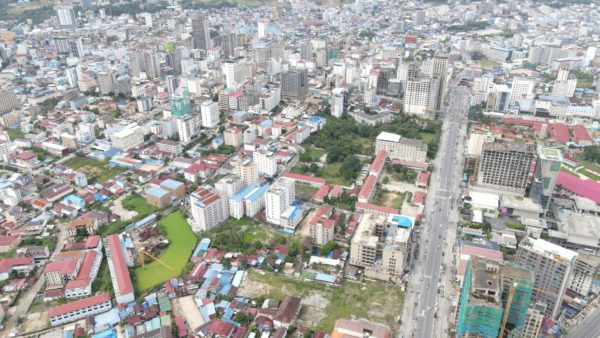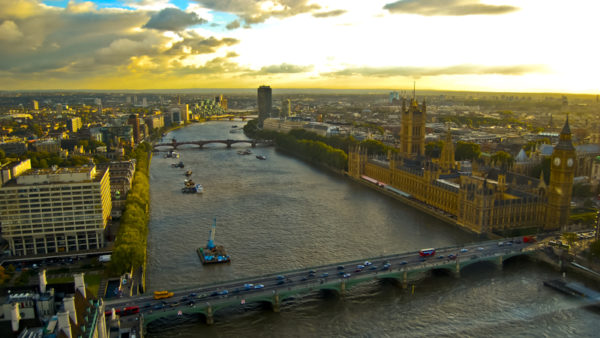A study by the University of British Columbia has found that even a single urban tree can help moderate wind speeds and decrease heating costs.
Researchers used remote-sensing laser technology to create a detailed computer model of a Vancouver neighbourhood down to every tree, plant and building.
Computer simulations were then used to determine how no trees, bare trees and trees in leaf affected airflow and heat patterns around individual streets and houses.
Marco Giometto, the author of the paper, said: "We found that removing all trees can increase wind speed by a factor of two, which would make a noticeable difference to someone walking down the street. For example, a 15 km/h wind is pleasant, whereas walking in 30 km/h wind is more challenging."
"Wind pressure is responsible for as much as a third of a building’s energy consumption. Using our model, we found that removing all the trees around buildings drove up the building’s energy consumption by as much as 10% in winter and 15% in summer."

Marc Parlange, professor of civil engineering at UBC, said: "Even bare branches play a role. Deciduous trees, which shed their leaves every year, reduce pressure loading on buildings throughout the year – it’s not only evergreens that are important in the city."
Andreas Christen, UBC geography professor, said: "Information from such models can improve weather forecasts in order to predict the effects of a storm on a building and pedestrian level.
"It could also help city planners in designing buildings, streets, and city blocks to maximize people’s comfort and limit wind speed to reduce energy loss."
The paper, called "Effects of trees on mean wind, turbulence and momentum exchange within and above a real urban environment" was published in Advances in Water Resources.
Images courtesy of the University of British Columbia










